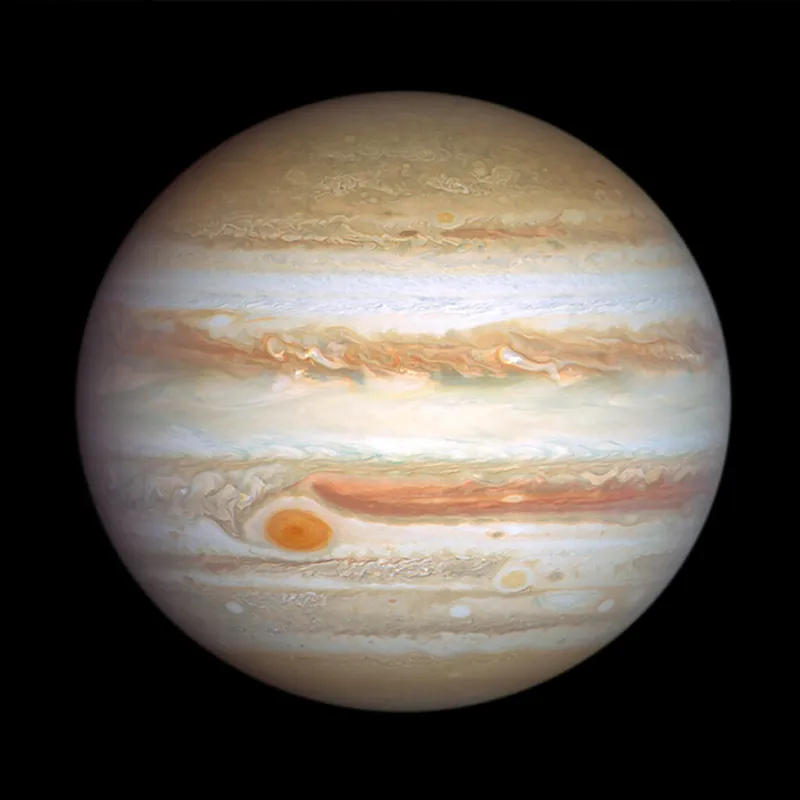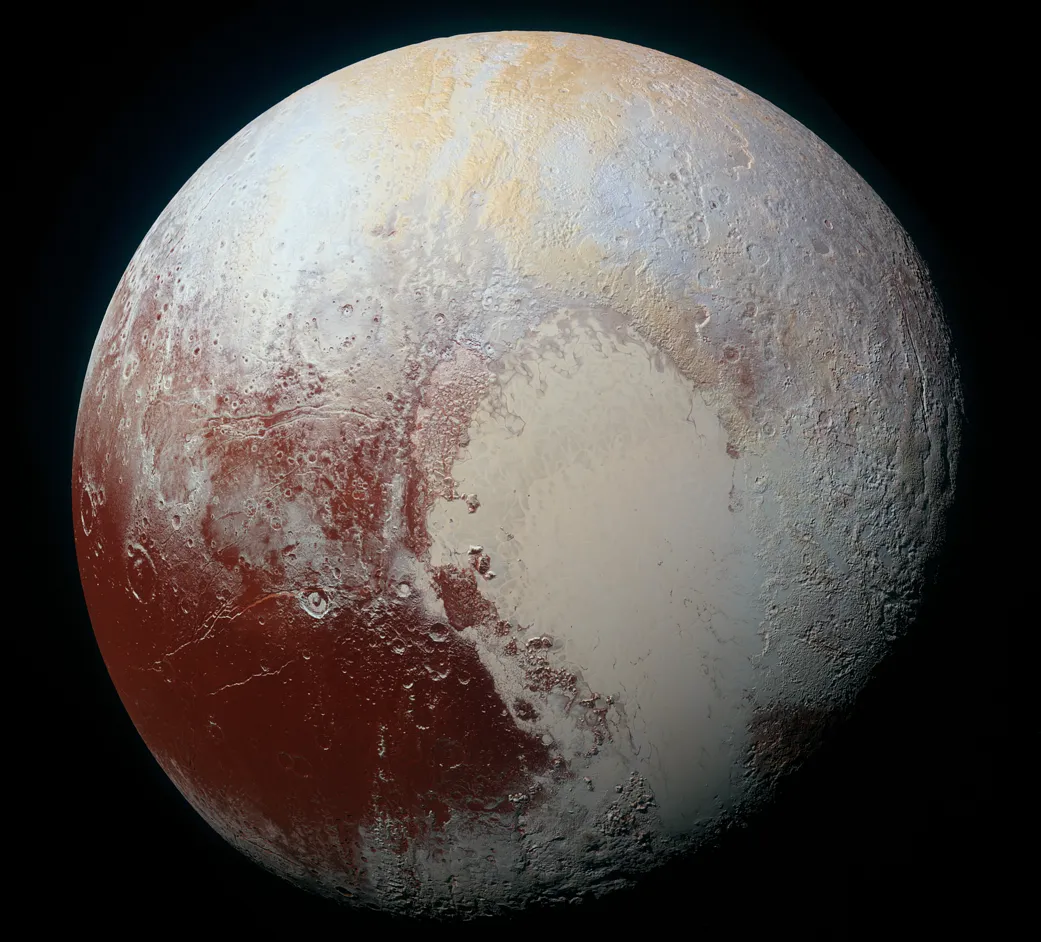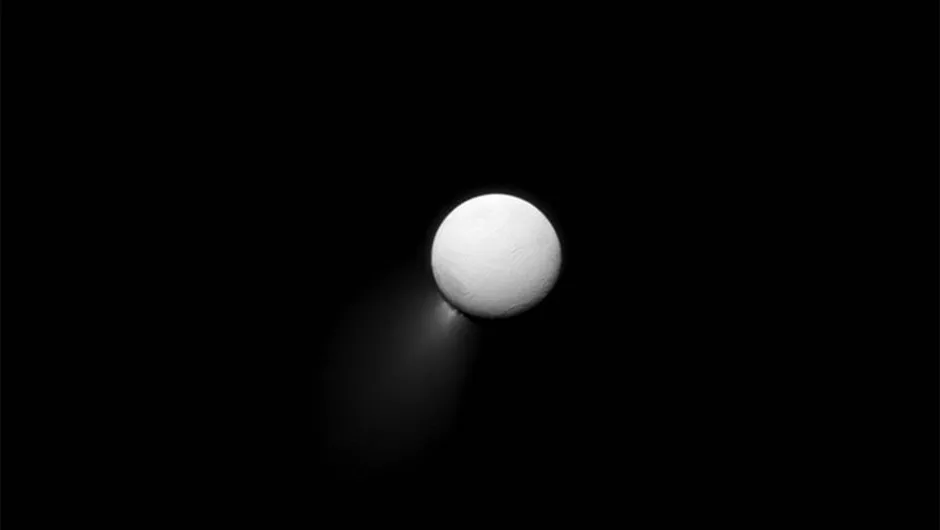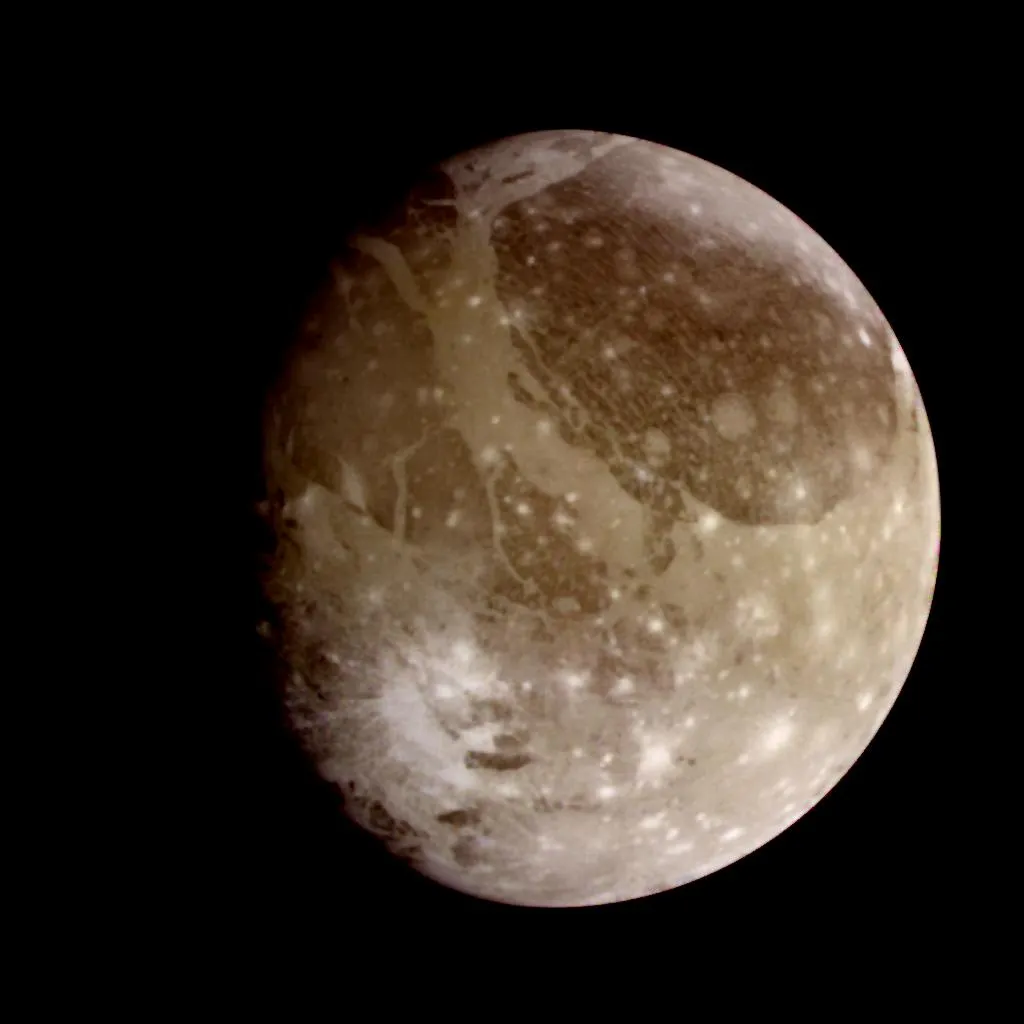Earth is by no means the planet in our Solar System with the largest ocean; in fact some bodies may have more water than all of Earth's oceans combined.
Over 70% of the Earth’s surface is covered by oceans - that amounts to over 1.3 billion km3 or over 1.3 trillion litres of water.
With these vivid blue oceans, our pale blue dot (a term coined by teams studying images of the Earth obtained by Voyager 1 on its way out of the Solar System) stands out amongst the moons and planets of our Solar System as the only one where liquid water can reside on the surface.

That’s not to say, however, that the Earth is the only planet to have an ocean – several satellites of the giant planets, and even the Kuiper Belt Object Pluto, are thought to have oceans hiding out of sight beneath their icy surfaces.
Some are even estimated to contain more water than that of the Earth!
Jupiter's ocean

Of course the answer to the question of which planet in our Solar System has the largest oceandepends on how you define ocean.
The largest ocean – that is largest expanse of liquid – in our Solar System is actually thought to be located deep beneath the swirling clouds of Jupiter.
Unlike the oceans on Earth though, this one is made of liquid metal hydrogen.
Icy moons and subsurface oceans

If we stick to the largest liquid water ocean in the Solar System, the best-known cases of sub-surface oceans are believed to exist on Jupiter’s icy moon Europa and Saturn’s icy moon Enceladus.
At Europa, surface features observed by visiting spacecraft have long suggested the movement of icy crustal plates over a liquid water layer
Hubble Space Telescope has even witnessed possible plumes of water droplets being vented out into space.

Moon Europa's ocean is big – its estimated to contain almost twice the volume of water as Earth’s.
Enceladus has had its plumes sampled by the Cassini spacecraft, which found they contained water, salt and even organic compounds.

However, the largest subsurface ocean in the Solar System may be beneath the surface of Ganymede - the largest of Jupiter’s moons - although Callisto and Titan (at Jupiter and Saturn respectively) are also candidates.
Ganymede's ocean

Measuring a whopping 5268 km in diameter, Ganymede is larger than the planet Mercury and three-quarters the size of Mars, and its surface is composed of icy materials bearing salts and organics.
Ganymede’s ocean is estimated to be approximately 100km thick and contain over six times the volume of ocean water found on Earth.
Models suggest it lies buried beneath some 150 km of icy crust and could even be split into several oceanic shells stacked on top of one another and separated by layers of different phases of water ice.
At such a depth, it has little ability to generate similar surface expressions as found on Europa, so how do we know it’s there?
Well, evidence for this vast sub-surface ocean lies in the motion of its aurorae.

Aurorae on Ganymede are produced by the ionisation and excitation of oxygen in its tenuous atmosphere.
These glowing ribbons are bound in belts circling the north and south poles by the moon’s magnetic field.
As Ganymede orbits within the magnetic field of Jupiter, interaction between the magnetic fields of Ganymede and Jupiter occur, and the aurora on Ganymede are observed to rock back and forth.
Computational modelling performed to replicate this rocking have tested different scenarios for the internal composition and structure of Ganymede and find the best fit is achieved when a deep, salty ocean is incorporated.
The Earth’s ocean plays such a vital role in the evolution of life and continues to provide a habitat for life.
Since the Earth’s ocean is not the only ocean in our Solar System, and not even the biggest, the fascinating question now is whether these subsurface oceans also support life.
